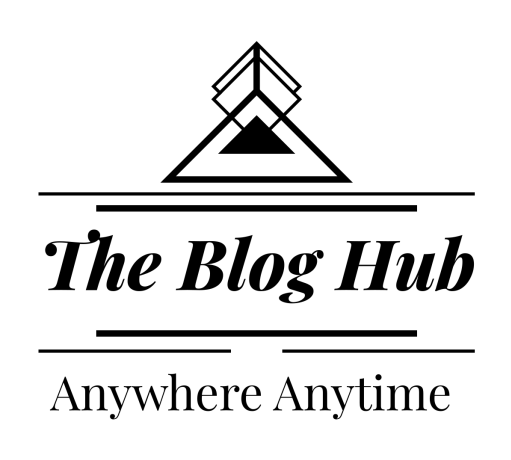The Future of Remote Work in 2025: Trends, Challenges & How to Thrive
Introduction
Remote work has transformed from a pandemic-era necessity into a permanent fixture in the modern workforce. As we look toward the future of remote work 2025, it’s clear that the workplace is shifting in bold and unexpected ways. While some companies are pushing for a return to the office (RTO), others are embracing fully remote or hybrid models.
In this blog, we’ll explore:
✔ Remote work trends 2025 & statistics
✔ Pros and cons of working remotely
✔ Big companies mandating RTO vs. going fully remote
✔ Best tools for distributed teams
✔ How to stay productive and avoid burnout
✔ What the future of remote work 2025 may look like
1. Remote Work Trends 2025: What’s Changing and Why It Matters
-
62% of workers now work remotely at least part-time (Upwork, 2024).
-
16% of companies are fully remote (Owl Labs).
-
98% of employees want to work remotely at least some of the time (Buffer).
-
Big tech’s RTO push: Amazon, Google, and JPMorgan Chase now require employees in-office 3–5 days a week.
-
The rise of “flexible hybrid”: Companies like Slack and Spotify let employees choose where they work.
Forecast: By 2025, 36.2 million Americans will work remotely (Upwork).
2. Pros & Cons of Remote Work in a Hybrid World
✅ Benefits
✔ Higher productivity – 77% of remote workers report increased output.
✔ Cost savings – No commute, lower daily expenses.
✔ Better work-life balance – Improved mental health is a common benefit.
✔ Access to talent worldwide – Recruit the best without location limits.
❌ Drawbacks
✖ Isolation – 20% of remote workers feel lonely.
✖ Communication gaps – Time zones and Slack fatigue are real.
✖ Blurred boundaries – Overworking is a risk.
✖ Career visibility – Some employees feel “out of sight, out of mind.”
3. Fully Remote vs. RTO: How Companies Are Shaping the Remote Work Future
Why the divide?
-
Pro-RTO: Belief that in-office work supports innovation (HBR).
-
Pro-Remote: Flexibility boosts morale and reduces overhead.
4. Essential Tools for a Productive Remote Workforce in 2025
-
Communication: Slack, Microsoft Teams, Zoom
5. Avoiding Burnout in the Work-from-Home Era
-
Set boundaries – Designate a workspace and disconnect after hours.
-
Use time management techniques – Pomodoro keeps focus sharp.
-
Overcommunicate – Daily standups and clear briefs reduce missteps.
-
Foster connection – Virtual coffee chats and team rituals help build bonds.
-
Invest in comfort – Standing desks, ergonomic chairs, blue light glasses.
6. The Future of Remote Work 2025: 3 Bold Predictions That Will Define It
-
Hybrid becomes the standard – Most firms will mix remote and office time (McKinsey).
-
AI reshapes job roles – Automation will eliminate some jobs and create remote-first roles.
-
Digital nomad visas rise – Governments now compete for remote workers.
Conclusion: What to Expect from the Remote Work Evolution
Remote work is clearly here to stay—but it will look different for every industry. While tech, digital marketing, and freelancing remain fully remote-friendly, sectors like healthcare and finance are moving back toward in-office models.
Key takeaway: The future of remote work 2025 is about flexibility. Those who can adapt, communicate, and set personal boundaries will thrive in this evolving landscape.

